SAUL LEITER NUDES, 2015 by François Halard [EXCLUSIVE]
フランス人フォトグラファー、フランソワ・アラール(François Halard)のポスター。作品集「SAUL LEITER」(2017刊)より抜粋。
※フレームありの場合、ご購入手続きより3-4週間ほど額装にお時間をいただきます。
何もかも失われた後には何が残るのだろうか?
アメリカ人画家、写真家のソール・ライター(Saul Leiter)が享年89歳で死去してから2年後の2015年、作者はイーストヴィレッジにあるライターのアパートメントを訪れ、朽ちた壁や空っぽのクローゼット、わずかに遺された私物などを撮影した。ライターの作品は、55年以上暮らしたイーストヴィレッジと深い関係性があり、抽象的でありながら常にソウルフルなモノクロとカラー写真による作品は、まさに当時のストリートシーンの記録である。2006年に最初の写真集がSteidl社より出版されると「カラー写真のパイオニア」と称されるようになったが、彼自身はこう呼ばれることを好まなかったであろう。ライターは、トーマス・リーチ監督による2012年のドキュメンタリー映画 「写真家ソール・ライター 急がない人生で見つけた13のこと (原題:In No Great Hurry 13 Lessons in Life with Saul Leiter)」で「何が写るかはわからないし 時間もかかる」と説明している。ライターの魂を捉えたアラールによる作品集「Saul Leiter」は、ページをめくるうちにライター本人がどこかから出てくるのではないかと思うほどの臨場感を伴っている。アラールは、ライターが残した作品をインテリアの一部として撮っているが、そこに写りこんだ身体や人々を除いては、美しいほどに何もない空間が続く。徹底的に人間や身体が排除されていることを特徴とするアラールの作品において、こうしたものが写し出されていることこそが最も意外な要素かもしれない。この作品集は、アラールからライターへのオマージュである。– 作品集解説より
The picture is taken from the book SAUL LEITER, 2017.
*It takes 3-4 weeks to finish framing a poster after you purchase if you order with framing.
In 2015, François Halard (b. 1961, French) visited late Saul Leiter's almost empty apartment in the East Village, two years after his passing, in 2013. He took photographs of the decrepit walls, the empty closet, and of what Saul Leiter had left behind. Saul Leiter (1923–2013) was an American painter and photographer whose work was deeply connected to the East Village, the neighborhood he lived in for over fifty five years. His sometimes abstract, always soulful, photography constitutes a record of street scenes in both black & white and color. After the release of a first book in 2006, fifty years after he started working, Leiter has been considered a pioneer in color photography, even if he would have resented the use of the word; he just happened to have his camera with him, never particularly planning to take photographs as he explained in the 2011 documentary In No Great Hurry: » I don't know if I’m going to get what I’m going to get «. François Halard somehow manages to catch the spirit of Saul Leiter, turning the pages you feel he might appear in the next spread. Or at least his cat will. But the space remains beautifully empty. Except for the bodies and people present in the photographs he left behind which François Halard photographed as part of the interior. This might be the most surprising element yet; bodies and people appearing in François Halard’s photography, most of the time strictly uninhabited. They are Halard’s homage to Saul Leiter.
![SAUL LEITER NUDES, 2015 by François Halard [EXCLUSIVE]](http://twelve-books.com/cdn/shop/products/170629_04592.jpg?v=1571703964)
![SAUL LEITER NUDES, 2015 by François Halard [EXCLUSIVE]](http://twelve-books.com/cdn/shop/products/LM-Francois-Halard-Saul-Leiter-Nudes.jpg?v=1571703964)
![CASA GHIRRI by François Halard [SIGNED]](http://twelve-books.com/cdn/shop/products/170920_3402_large.jpg?v=1571703962)
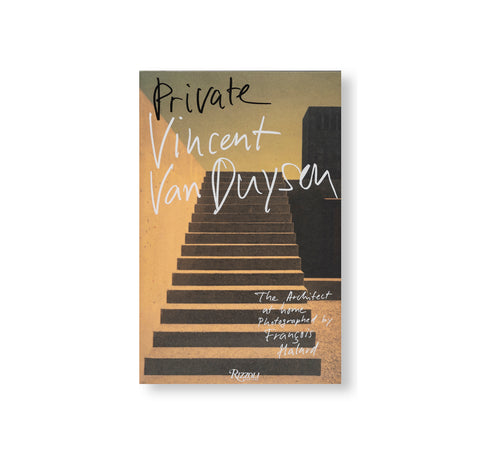
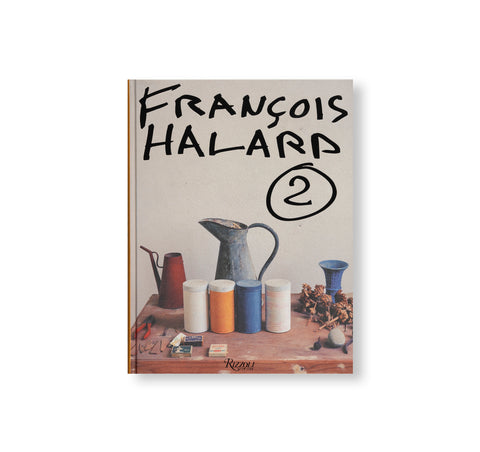
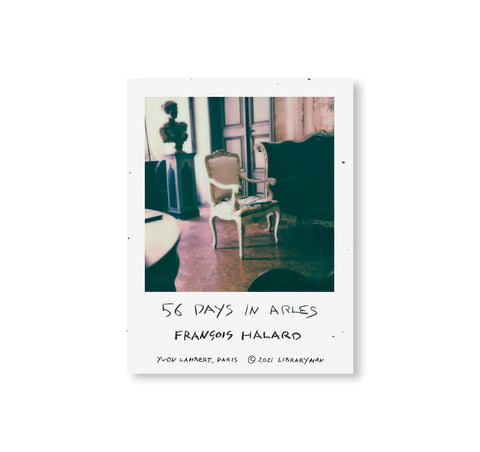
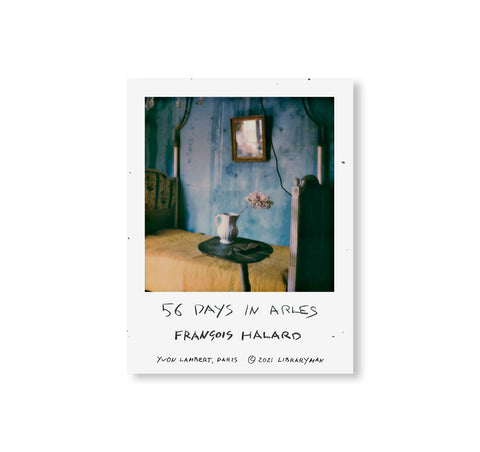
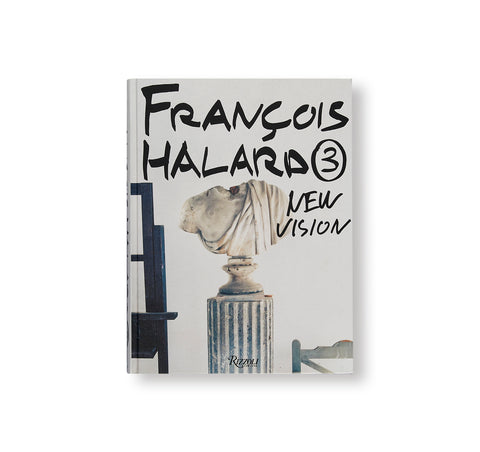
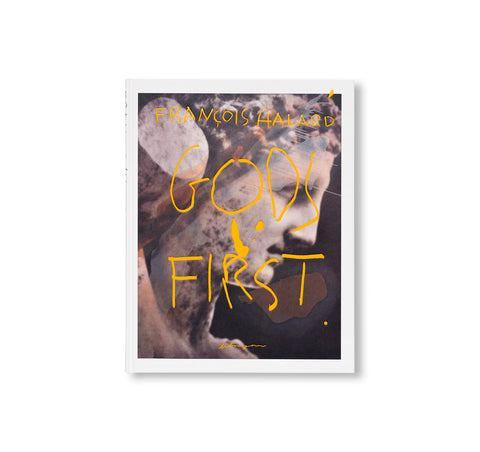
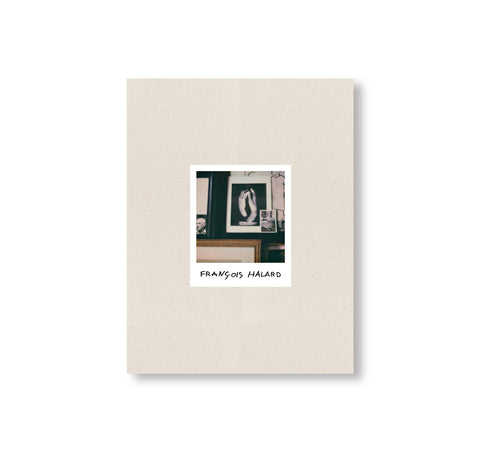
![56 DAYS IN ARLES by François Halard [SPECIAL EDITION]](http://twelve-books.com/cdn/shop/products/56DAYSINARLES00_6_large.jpg?v=1613452999)
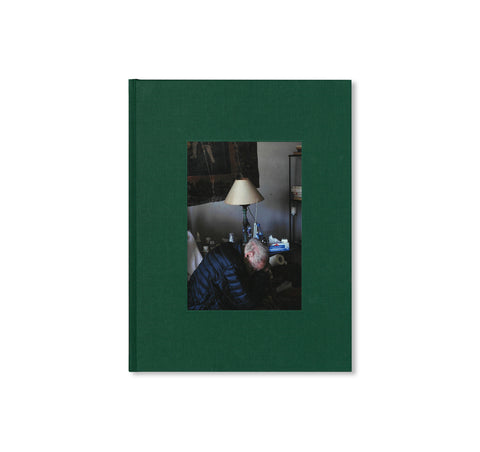
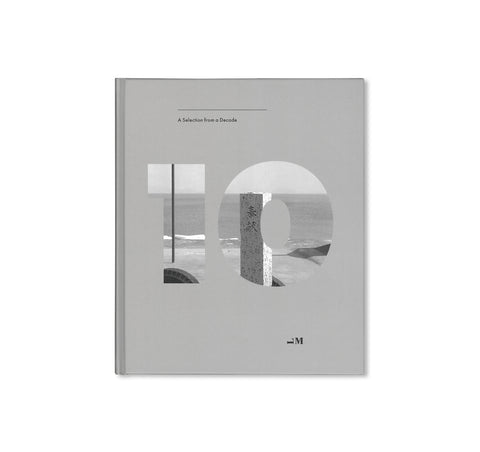
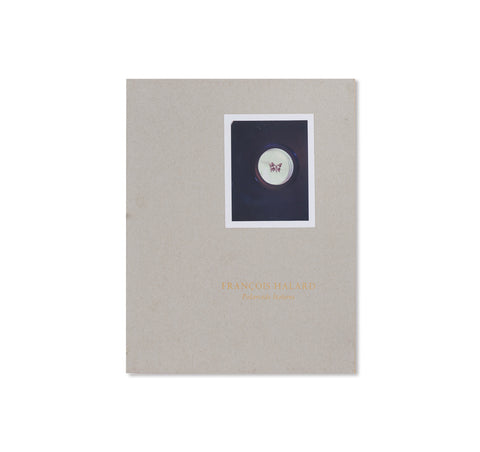
![40 PHOTOGRAPHIES DE L'EXPOSITION CY TWOMBLY BLOOMING, A SCATTERING OF BLOSSOMS AND OTHER THINGS by François Halard [COVER: A]](http://twelve-books.com/cdn/shop/products/171017_3954_large.jpg?v=1571703963)
![40 PHOTOGRAPHIES DE L'EXPOSITION CY TWOMBLY BLOOMING, A SCATTERING OF BLOSSOMS AND OTHER THINGS by François Halard [COVER: B]](http://twelve-books.com/cdn/shop/products/171017_3940_large.jpg?v=1571703962)
![SAUL LEITER by François Halard [SECOND EDITION]](http://twelve-books.com/cdn/shop/products/171017_3612_221cae89-152d-444d-bbc9-7601cf18a5b6_large.jpg?v=1571703965)
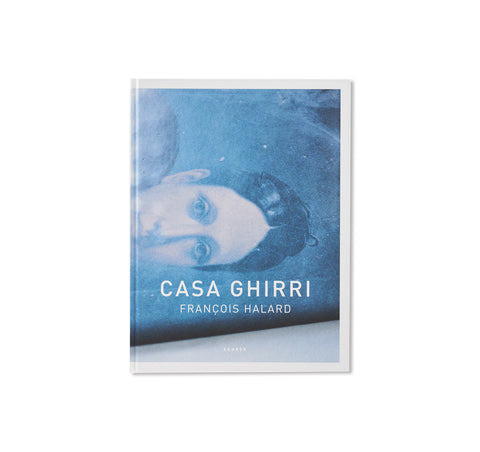
![SAUL LEITER by François Halard [JAPANESE SPECIAL EDITION]](http://twelve-books.com/cdn/shop/products/171017_3637_large.jpg?v=1571703945)
![SAUL LEITER by François Halard [JAPANESE SPECIAL EDITION #1]](http://twelve-books.com/cdn/shop/products/FRAMED-Japanese-edition-_prints_1_b913cd99-6bbe-484f-b928-7742e49cea93_large.jpg?v=1571703963)
![SAUL LEITER by François Halard [JAPANESE SPECIAL EDITION #2]](http://twelve-books.com/cdn/shop/products/FRAMED-Japanese-edition-_prints_2_large.jpg?v=1571703963)
![SAUL LEITER by François Halard [JAPANESE SPECIAL EDITION #3]](http://twelve-books.com/cdn/shop/products/FRAMED-Japanese-edition-_prints_3_9715e443-19c3-4bd0-8103-cea53321a117_large.jpg?v=1571703963)
![SAUL LEITER by François Halard [JAPANESE SPECIAL EDITION #4]](http://twelve-books.com/cdn/shop/products/FRAMED-Japanese-edition-_prints_4_large.jpg?v=1571703963)
![SAUL LEITER by François Halard [JAPANESE SPECIAL EDITION #5]](http://twelve-books.com/cdn/shop/products/FRAMED-Japanese-edition-_prints_5_174a18c1-a45e-4e84-ae4f-fbd48a19a871_large.jpg?v=1571703963)
![SAUL LEITER by François Halard [JAPANESE SPECIAL EDITION #6]](http://twelve-books.com/cdn/shop/products/FRAMED-Japanese-edition-_prints_6_large.jpg?v=1571703963)
![SAUL LEITER by François Halard [JAPANESE SPECIAL EDITION #7]](http://twelve-books.com/cdn/shop/products/FRAMED-Japanese-edition-_prints_7_ddc89b2d-c982-48a6-a293-935d90e56bc0_large.jpg?v=1571703963)
![SAUL LEITER by François Halard [JAPANESE SPECIAL EDITION #8]](http://twelve-books.com/cdn/shop/products/FRAMED-Japanese-edition-_prints_8_large.jpg?v=1571703963)
![SAUL LEITER by François Halard [JAPANESE SPECIAL EDITION #9]](http://twelve-books.com/cdn/shop/products/FRAMED-Japanese-edition-_prints_9_56a48a32-4f2e-4fba-a860-dc4ceda0ae30_large.jpg?v=1571703963)
![SAUL LEITER by François Halard [JAPANESE SPECIAL EDITION #10]](http://twelve-books.com/cdn/shop/products/FRAMED-Japanese-edition-_prints_10_large.jpg?v=1571703963)